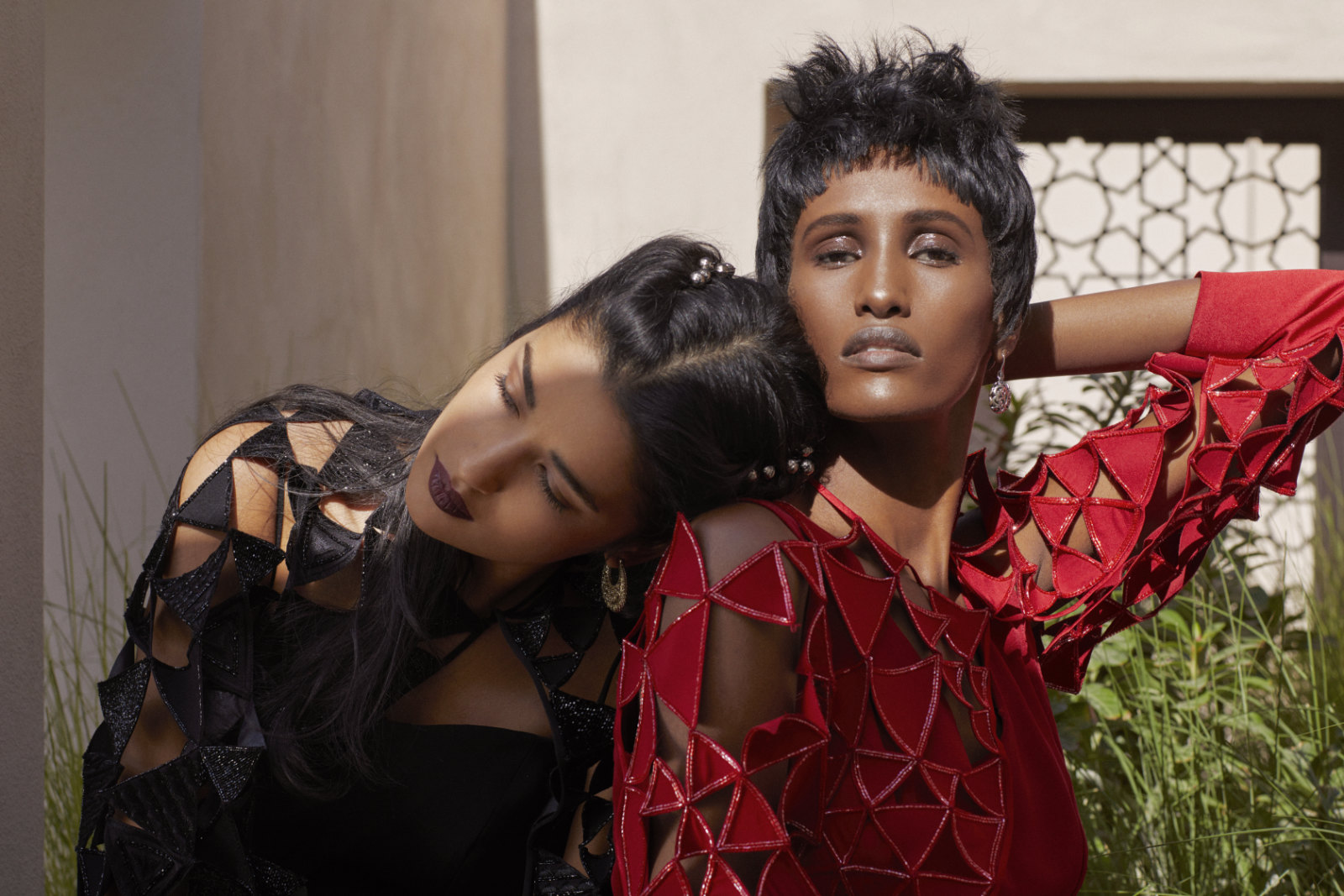
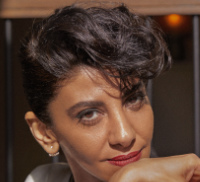 FASHION Saudi designer Sadeem Alshehail (right) launched her prêt-à-couture fashion label Sadeem in 2016. Three years on, she’s already widely recognized as a leader in sustainable design. Qurratulain Wahab met up with her to find out more
FASHION Saudi designer Sadeem Alshehail (right) launched her prêt-à-couture fashion label Sadeem in 2016. Three years on, she’s already widely recognized as a leader in sustainable design. Qurratulain Wahab met up with her to find out more
From the September 2019 issue of Lucire KSA
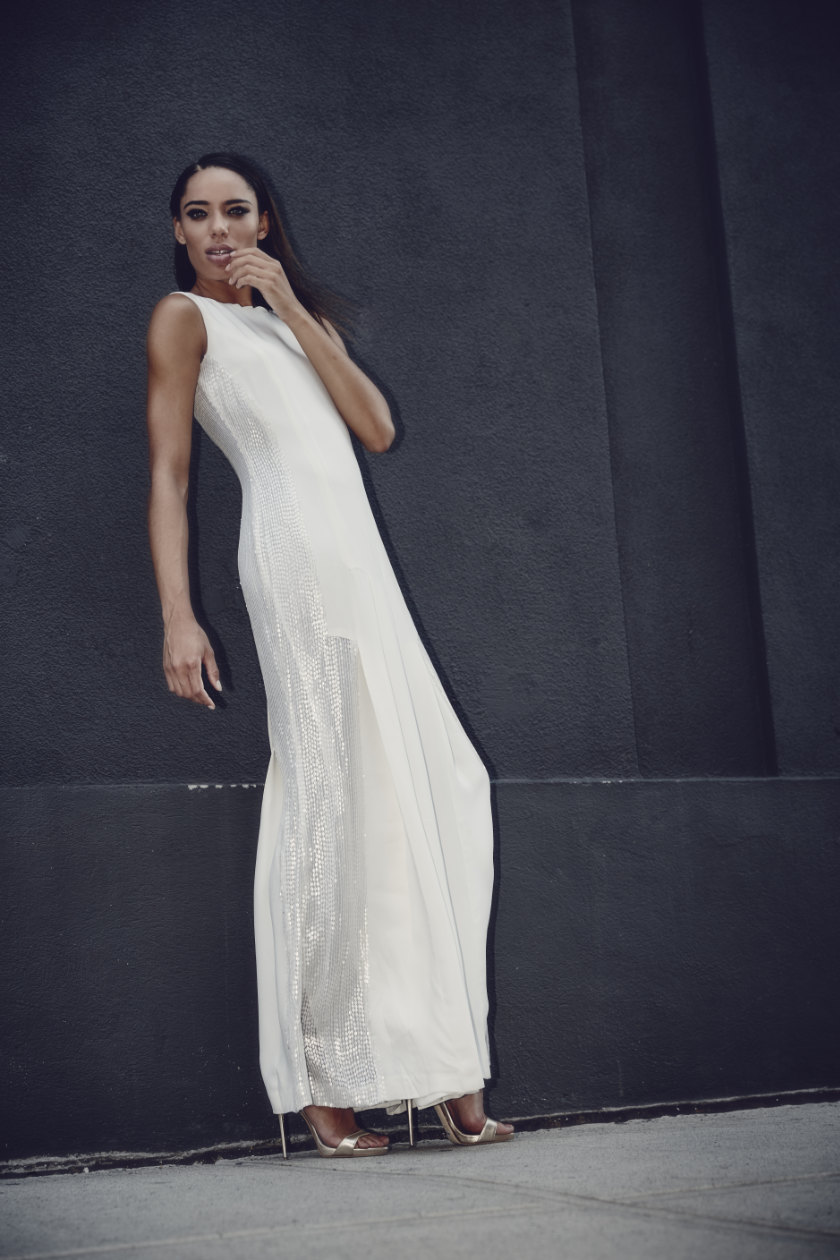
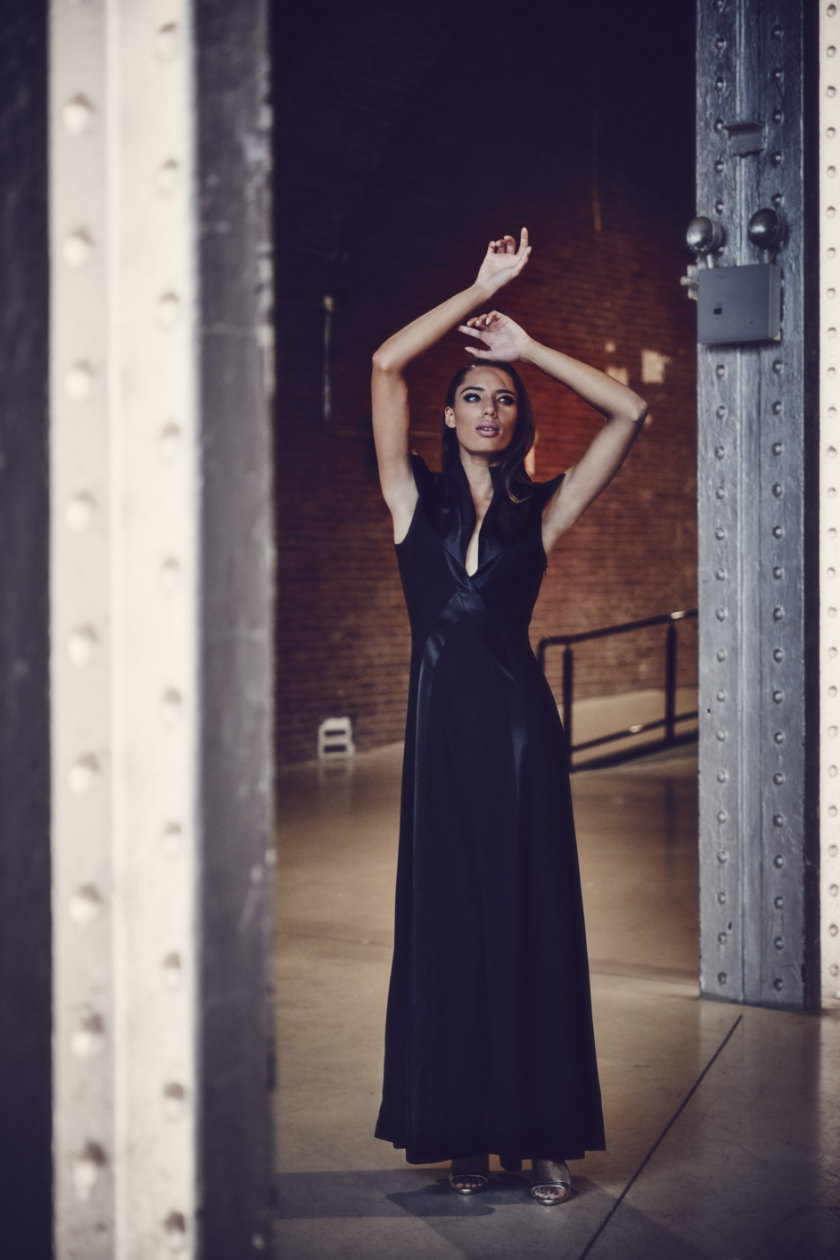 From
Sadeem’s first collection, Manhattan, in 2016.
From
Sadeem’s first collection, Manhattan, in 2016.
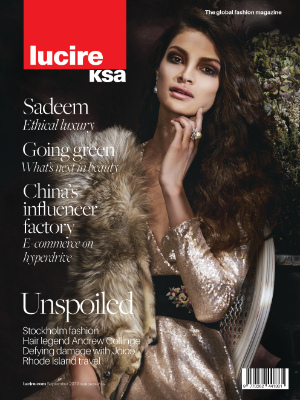 Sadeem caters to elegant and sophisticated women looking for timeless, well-made and versatile fashionwear. The clothes are designed and created with a focus on quality and attention to detail. An advocate of sustainable design, Sadeem embraces ethical practices and works with others that share the same principles to offer women’s fashionwear that has a positive impact on the environment and society.
Sadeem caters to elegant and sophisticated women looking for timeless, well-made and versatile fashionwear. The clothes are designed and created with a focus on quality and attention to detail. An advocate of sustainable design, Sadeem embraces ethical practices and works with others that share the same principles to offer women’s fashionwear that has a positive impact on the environment and society.
Can you tell us something about your academic and career background?
After graduating from high school in Riyadh, I went to a finishing school in Switzerland for a year. It was a great experience which allowed me to meet students from around the world and learn about different cultures. After completing finishing school, I went to the United States to take a four-year course in fashion design and merchandising at Marymount University in Arlington, Virginia. In 2000, I was very lucky to be offered a position as a senior buyer for Harvey Nichols in Riyadh. Harvey Nichols was the first international luxury department store to open in Saudi Arabia. When they began, they quickly discovered the clothes weren’t really compatible with the Saudi market and realized they needed locals who understood the market. I was put in charge of three departments—international luxury designer wear, eveningwear, and shoes. I was there for three years travelling between London, Milan, New York and Paris two or three times a year. It was an exciting time. Tom Ford was designing for Yves Saint Laurent and Stella McCartney had just launched her brand. I got to see it all. I was very lucky to witness all that and to meet amazing designers such as Azzedine Alaïa whose collections we introduced to the Saudi market.
How did you start your own business?
After three years at Harvey Nichols, I thought I had enough knowledge about how the market worked and that it would be a good time to start my own business. My business partner and I decided to open a boutique and set up an e-commerce site. During the planning phase, I kept in contact with my clients who trusted my tastes and I continued doing some personal shopping. I also designed wedding gowns and custom orders from time to time. I continued to attend trade fairs and keep up with what was going on in the fashion industry. We had worked on the business plan since 2007 and finally launched the business in 2010. It was called Sada shop. Sadly, the business was short-lived. It lasted only three years. I think this was mainly because at that time people in Saudi Arabia weren’t ready to put their trust in e-commerce. We’re talking about 2010. People only trusted established names. In terms of marketing and sales, it wasn’t easy. I wouldn’t go so far as to say we failed, but it was certainly very difficult and expensive to run the e-commerce platform.
What did you do then?
I decided to study for a master’s degree in design management at the Pratt Institute in New York City. I thought design management would allow me to acquire all the managerial skills I needed to build my own fashion “empire”. Little did I know that my priorities would change completely. The programme revolved around United Nations development goals. I learned about sustainability, the environment, and the triple bottom line—people, planet and profit. I was shocked to discover that the fashion industry was the second most polluting industry after fossil fuels. There’s a lot of environmental damage for which the fashion industry is responsible. I realized we could make things better.
Can you talk about your collections and what inspired them?
I launched my first collection, Manhattan, in New York’s garment district in 2016. As the name implies, it was a homage to New York City where I lived for many years. I had a beautiful view of the city skyline and the amazing buildings. Two of my favourite buildings, the Empire State Building and the Chrysler Building, provided a lot of the inspiration for the collection. Although the designs are minimal, there’s a lot of attention to detail. I chose black and white because these are basic colours that you can wear anytime of the year. Many of the pieces were created with a ‘zero-waste’ policy. I took whatever fabrics were left over and tried to see what else I could do with them.
What were some of the challenges you faced with that first collection?
The challenges mainly had to do with the production process. You have to start with samples and fittings and it often took a while to perfect the designs. Sometimes you visualize and sketch a design in a particular way but when you cut the fabric, it doesn’t look the same. These were the things I learned along the way. Another challenge was sourcing the fabrics. I wanted everything I did to be sustainable which meant selecting the right suppliers, using non-toxic dyes, and so forth. I used pure silk because it’s a biodegradable fabric. If it’s mixed with any fibre, it’s much harder to recycle.
continued below

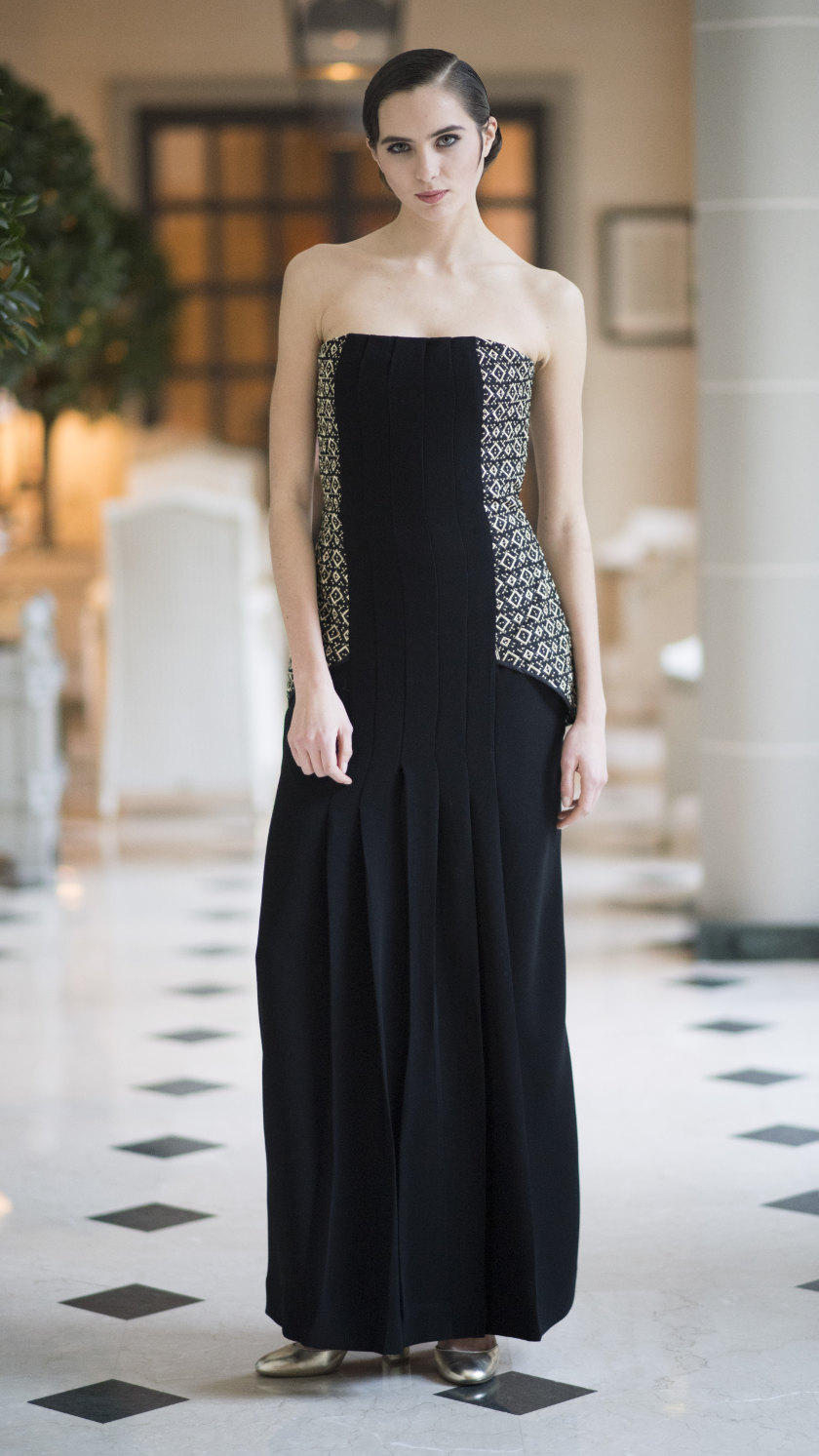 From the second collection, Deco, launched February 2017.
From the second collection, Deco, launched February 2017.
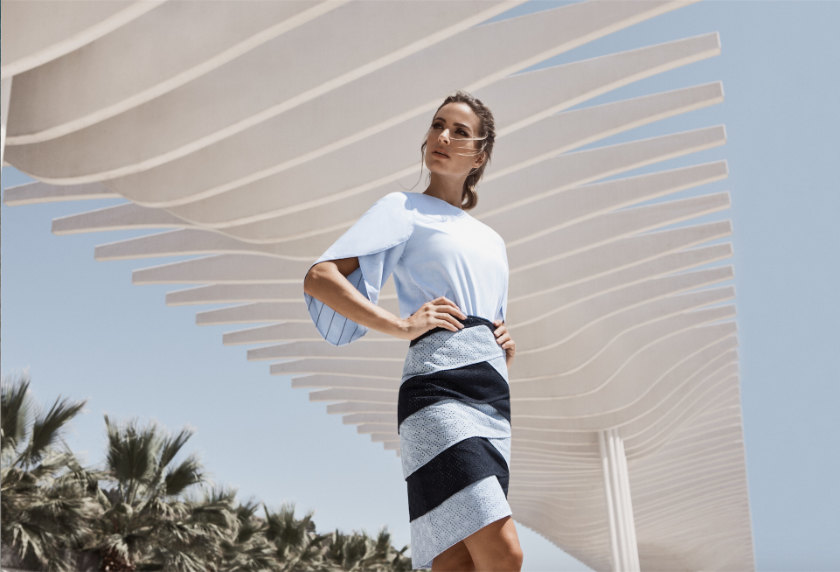
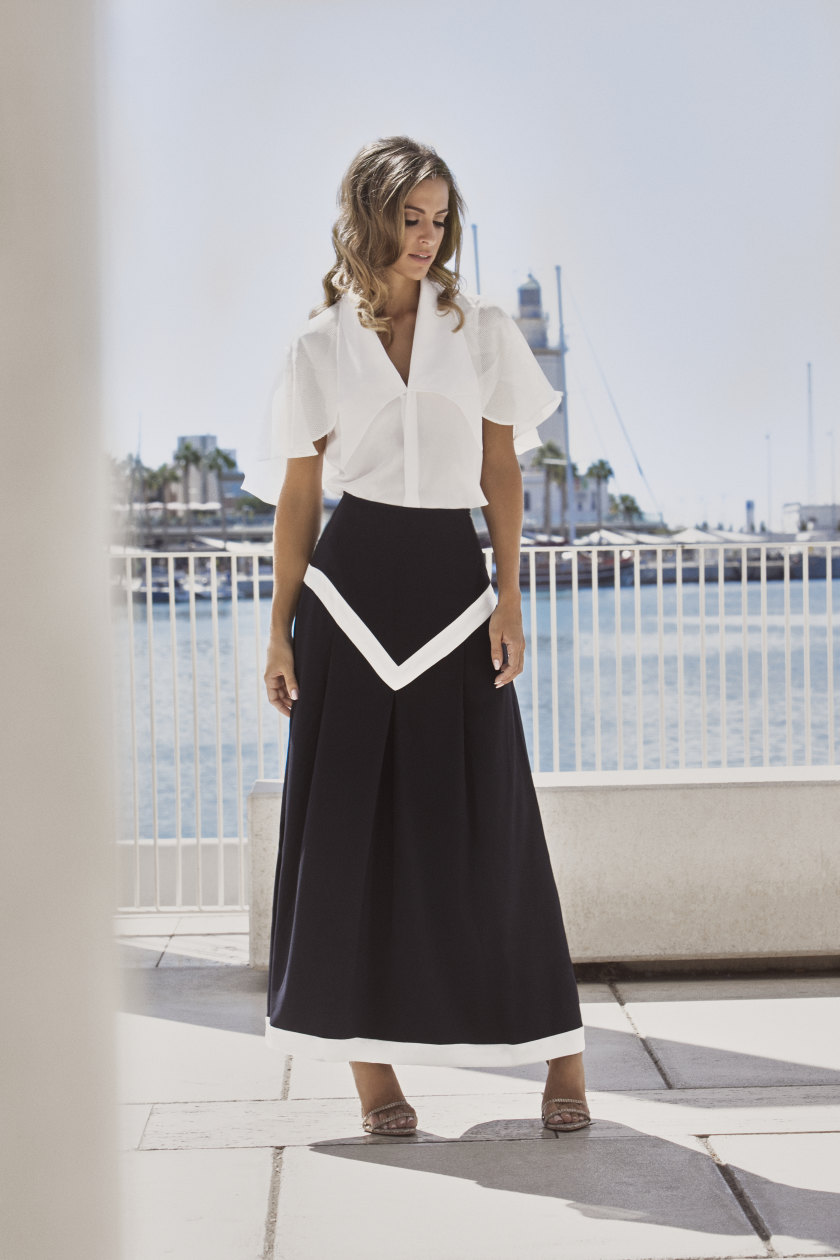
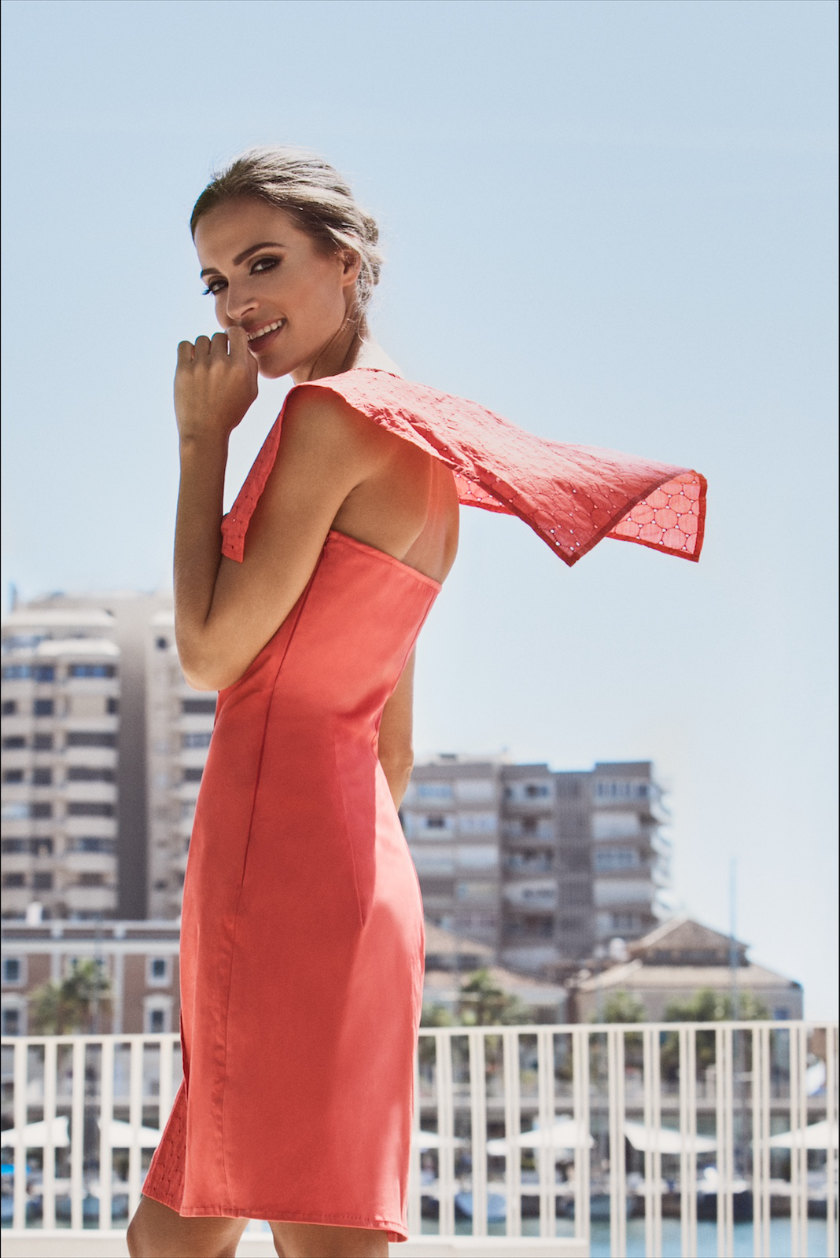 Sadeem’s summer collection, Nautical, which she created later in 2017.
Sadeem’s summer collection, Nautical, which she created later in 2017.
How about the other collections?
The second collection was Deco, which I launched in February 2017. It was a collaboration with Princess Noura al-Faisal, a leading jewellery designer whose brand is called Nuun Jewels. She called me to say she had been offered the chance to show her jewellery during couture week in Paris and suggested it would make better sense if the jewellery was displayed with my dresses. Of course, I jumped at the opportunity because I personally love Princess Noura’s jewellery. The fashion show was a beautiful experience and it was there that I was discovered by an editor from Vogue magazine. My designs began to attract more attention and I was invited to take part in Fashion Forward in Dubai.
For my third collection, Nautical, I wanted to produce a summer collection. I had the Mediterranean in mind and imagined cruising on a yacht from one place to another and what you would wear. The collection comprised separates and full dresses and items that you could mix and match. The silhouettes, the lines, and the shapes were inspired by things such as sailors’ suits and seashells. I found a great supplier in Japan that produced sustainable fabrics.
My fourth collection was called Abwaab, which is the Arabic word for doors. It’s dedicated to Saudi Arabia. I drew on our traditions and folklore and tried to add a modern twist. Each piece is named after a different town, city or region such as Najd (which is where I come from) Mecca, al-Ahsa and so on. One of them is called Neom (the name of a new high-tech city being built on the Red Sea [see Lucire KSA August 2019]) and the design is quite futuristic. Another is named after the historic city of al-Ula. When I was young, my mother had told me how each tribe had its own design motifs and types of embroidery. Back then, people identified where you came from by what you were wearing.
continued below
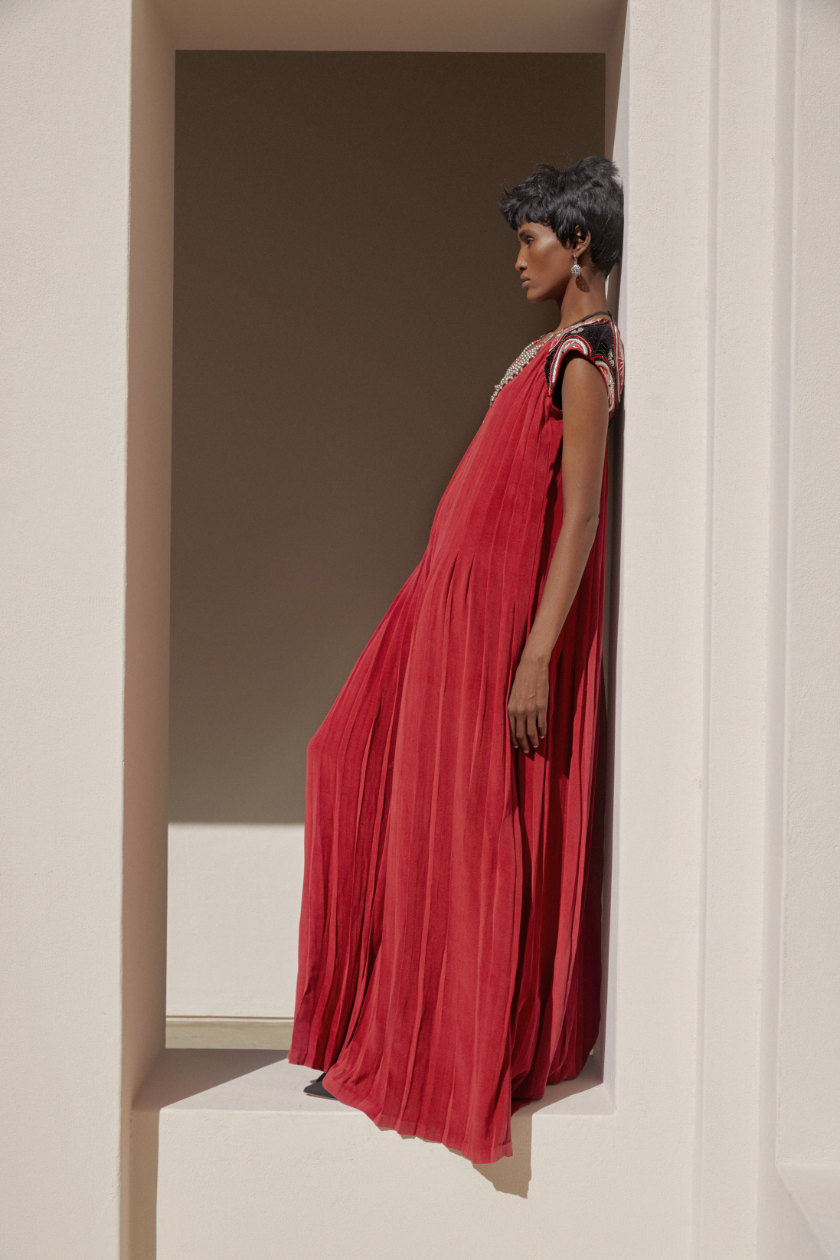
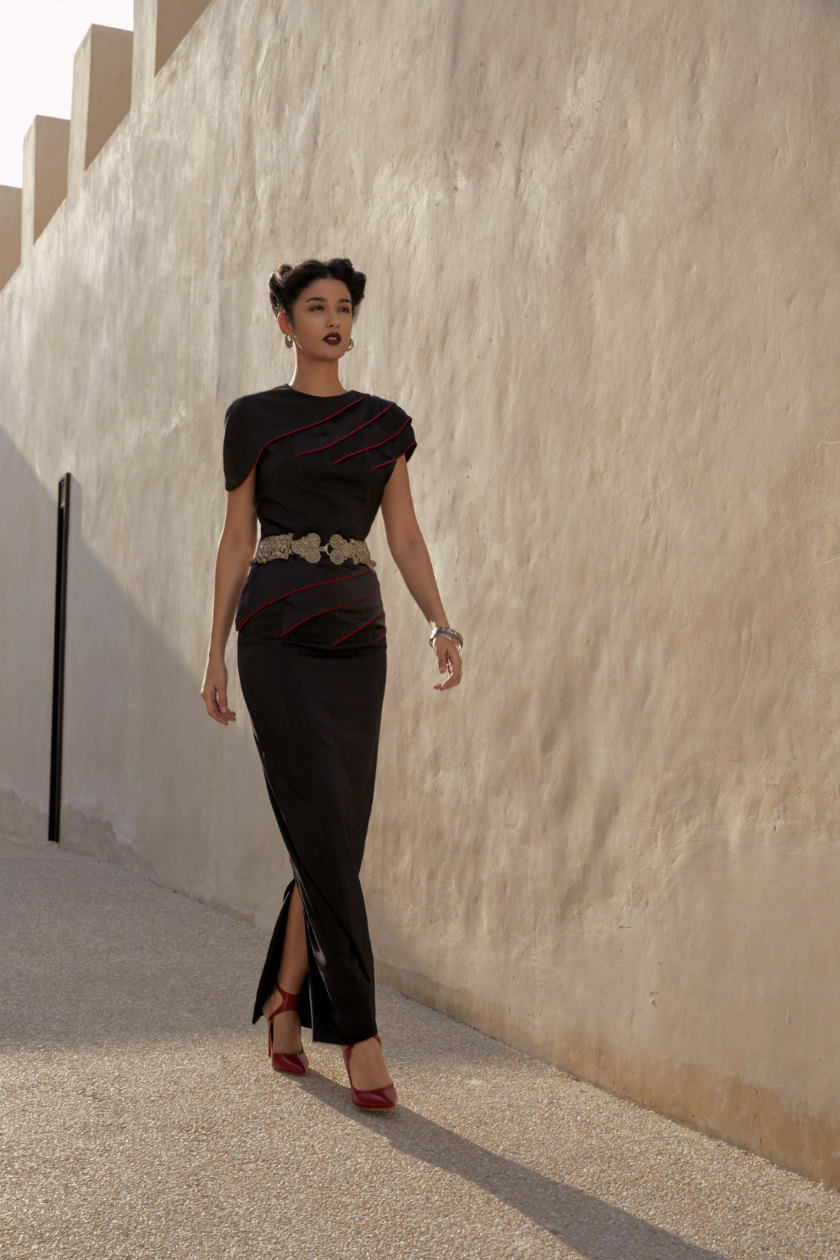
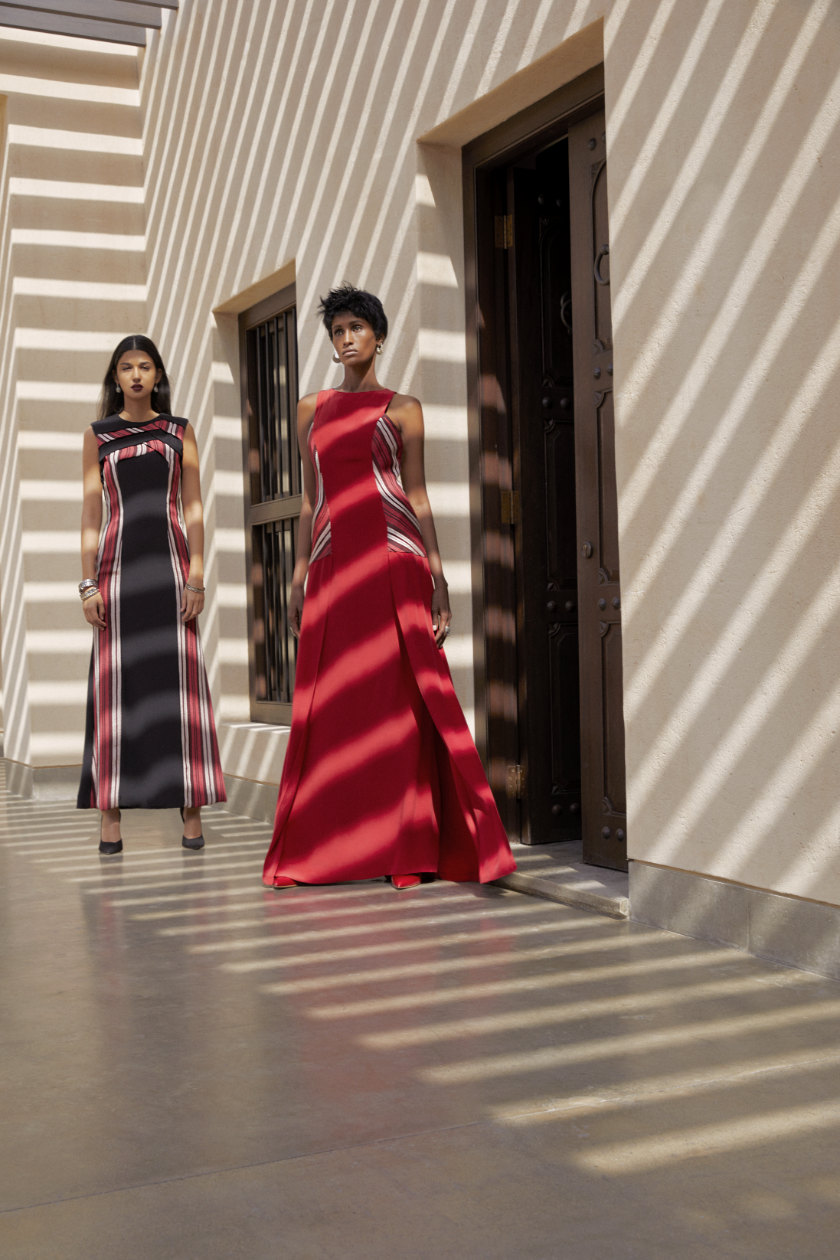
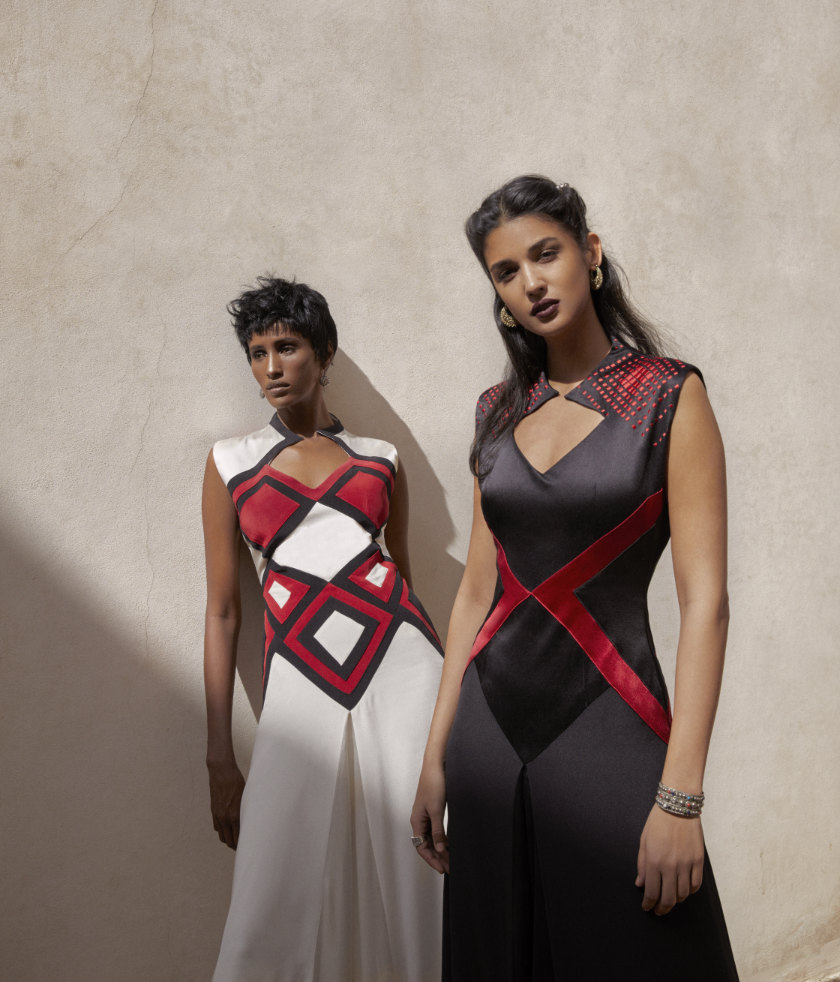 Sadeem’s fourth collection, Abwaab, with inspiration from Saudi traditions.
Sadeem’s fourth collection, Abwaab, with inspiration from Saudi traditions.
From what you’re saying, it seems your mother has had quite an influence on you.
Yes. Her name is Loulwah Alammari and she still has an influence on me. She and an aunt ran their own atelier so I grew up in an artistic environment. I used to love to walk around the atelier and look at the beautiful sketches and see how they would turn into amazing creations. When I was at school, my mother would always ask me how I would like my skirt to look and we would sit together and sketch a uniform. Or on my birthday she’d ask me what I’d like to wear. She’s a very determined woman. Everything is possible. She’s a problem-solver. Often, when I’m stuck with a pattern or we’re looking for the right fabric, she will come up with a solution. We travel together; we choose fabrics together; she comes to meetings with suppliers; she knows how to negotiate. I think that, together, we have a very interesting dynamic.
How would you summarize your approach to design?
I’m not a seasonal designer and I don’t really follow trends because the whole idea is to make something timeless. My collections can be reproduced and recreated at any time. When I’m inspired by something—a picture or a motif—I’ll start with a simple sketch and then build around it. If I start with a top, I try to come up with skirts or pants that can match the top. Then I look for fabrics. Many designers choose the fabric first and then come up with a design to go with the fabric. For me, it’s important that the design goes with any fabric. This means you can reproduce it at any time. I think there’s no harm in recycling a pattern. Believe it or not, I’ve designed pieces using patterns from a different collection. People don’t notice because the piece is made from a different fabric in another colour. They think it’s an entirely new design. Just a few alterations here and there and it looks brand new. I deal with a few pattern-makers in New York and also work with studios in Dubai’s Design District. Depending on the cut, I know where to go. I have my own workshop here in Riyadh.
How about your next collection?
I’ve just started work on it. I’m planning to visit Première Vision in Paris, which is a trade fair for textiles. I’m very happy to hear that this year they have a whole section of the trade fair dedicated to sustainable fabrics. I’m so happy with the direction the global fashion industry is taking. A few weeks ago, Zara announced it was working on a roadmap to sustainability. This was music to my ears. I’m a hundred per cent against fast fashion. Zara is one of the giants of the fashion industry and is converting to green fashion. Once you have a brand like Zara take such a step, others will quickly follow.
You once said you wanted to make luxury ethical. What did you mean by that?
When people talk about ‘ethical fashion’, they’re normally thinking about tie-dye prints and hemp fabrics. I try to go beyond that by putting my values into action. It’s about the triple bottom line I talked about—people, planet, profit—which I try to apply to everything I do. It’s about how the clothes are made, where they’re made, and how long they’ll last. I don’t mass-produce anything. I do things that are made to order because I hate the idea of getting stuck with inventory. I always try to make sure the facilities I work with pay fair wages and that factories use renewable energy. All of that takes time and effort but I won’t compromise on my values. I’ve shown my collections in Paris, New York and Dubai and I’ve found more and more people are beginning to understand the need to make the fashion industry more environmentally friendly. I don’t market myself as a “green” designer, because this should be the norm. That said, I’m happy to say that in the past year I’ve been approached by retailers that are focusing more on ethical fashion. It’s great to see that more people are starting to care.
How has the fashion industry evolved in Saudi Arabia since you first entered it?
When I was working as a buyer in 2000, a Saudi fashion industry didn’t really exist. The fashionwear came from all over the world. Except for Lebanon, there was very little going on in the Arab world. In Saudi Arabia there were only a few designers creating abayas and long gowns as a hobby. Over time some really talented designers have emerged—Nora al-Shaikh [see Lucire KSA June 2019], Reem al-Kanhal, Haifa Fahad—to name just a few. They were formally trained at fashion institutes and launched very successful brands. I believe there will be many more to come.
What is your advice to aspiring fashion designers in Saudi Arabia?
You need to have realistic expectations. You have to be determined and you have to maintain high standards. As a designer, I think about how to give longevity to my products and so my first piece of advice to young designers is to create something that will last.
What are your own aspirations for the future?
I aspire to inspire before I expire [laughing]. I really hope that whatever I’m doing will inspire people. I want my work to be significant and meaningful. A native American proverb says: ‘We don’t inherit the earth from our ancestors; we borrow it from our children.’ We’ve been placed on this earth and we need to take care of it. I think that what we’re doing to our planet right now is very selfish. •
Related articles hand-picked by our editors
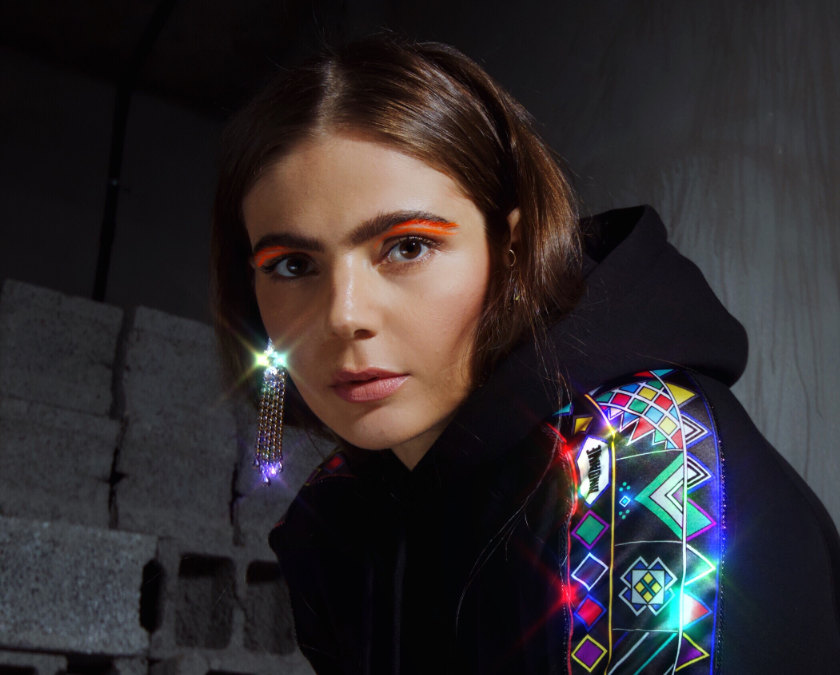
Ready-to-wear with attitude
Hindamme is a contemporary luxury fashion label inspired by the concept of “east meets west”. Qurratulain Wahab spoke with its founder, Mohammed Khoja
From the August 2019 issue of Lucire KSA
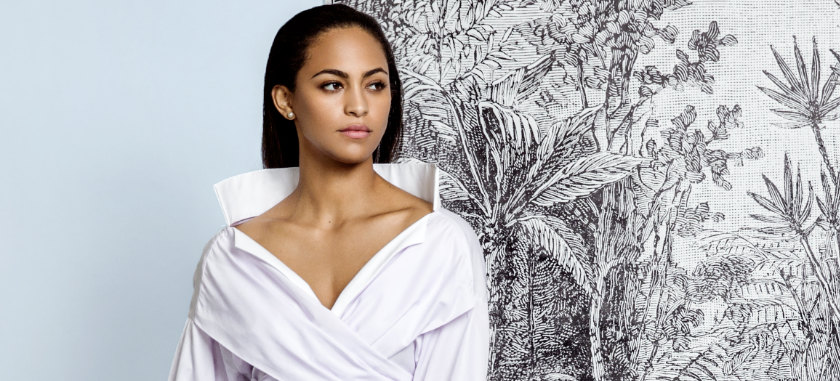
Bridging cultures
Since launching her own label in 2012, Saudi fashion designer, Nora Al-Shaikh has continued to craft unique designs that bridge cultures and have earned her a loyal following both at home in Saudi Arabia and internationally. Qurratulain Wahab visited Nora at her studio in Jeddah
From the June 2019 issue of Lucire KSA
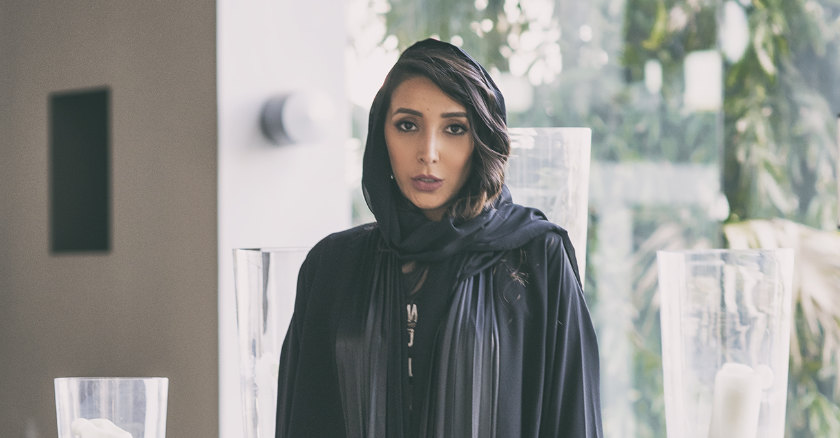
Getting serious about Saudi fashion
Marriam Mossalli is the founder of Niche Arabia, one of the Middle East’s leading consultancies specializing in fashion and luxury goods. She is a leading voice for Saudi Arabia’s emergent fashion industry. Qurratulain Wahab headed to her offices in Jeddah to find out more
Photographed by Nouf Alhimiary and Lina Qummosani
From the December 2018 issue of Lucire KSA
Advertisement
Copyright ©1997–2022 by JY&A Media, part of Jack Yan & Associates. All rights reserved. JY&A terms and conditions and privacy policy apply to viewing this site. All prices in US dollars except where indicated. Contact us here.